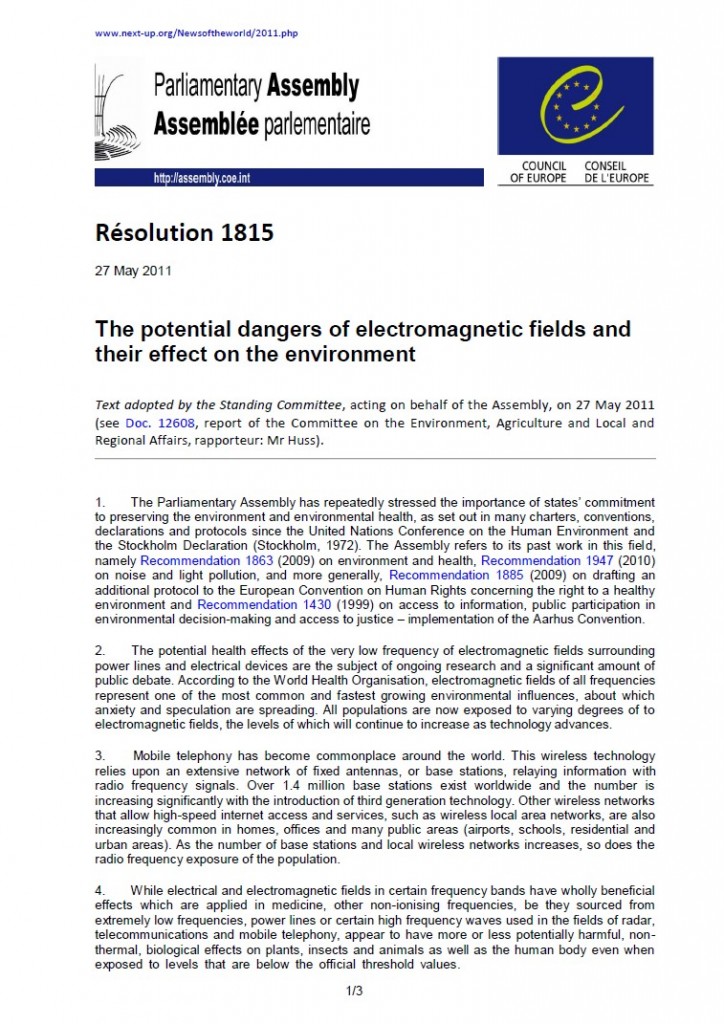Portada del sitio > Fauna > THE EFFECTS OF ELECTROMAGNETIC FIELDS FROM POWER LINES ON AVIAN (...)
Journal of Toxicology and Environmental Health, Part B, 8:127-140, 2005
THE EFFECTS OF ELECTROMAGNETIC FIELDS FROM POWER LINES ON AVIAN REPRODUCTIVE BIOLOGY AND PHYSIOLOGY: A REVIEW
Jueves 3 de agosto de 2006 · 1512 lecturas
Electrical power lines are ubiquitous in the developed world and in urban areas of the developing world. All electrical currents,
including those running through power lines, generate electric and magnetic fields (EMFs). Electrical power lines, towers,
and distribution poles are used by birds for perching, hunting, and nesting. Therefore, many bird species, like humans, are
exposed to EMFs throughout their lives. EMFs have been implicated in adversely affecting multiple facets of human health,
including increasing the risks of life-threatening illnesses such as leukemia, brain cancer, amyotrophic lateral sclerosis, clinical
depression, suicide, and Alzheimer’s disease. A great deal of research and controversy exists as to whether or not exposure
to EMFs affects the cellular, endocrine, immune, and reproductive systems of vertebrates. Laboratory work has used
mice, rats, and chickens as models for this EMF research in an effort to understand better the possible implications of EMF
exposure for humans. However, EMF exposure of wild birds may also provide insight into the impacts of EMFs on human
health. This review focuses on research examining the effects of EMFs on birds; most studies indicate that EMF exposure of
birds generally changes, but not always consistently in effect or in direction, their behavior, reproductive success, growth
and development, physiology and endocrinology, and oxidative stress under EMF conditions. Some of this work has involved
birds under aviary conditions, while other research has focused on free-ranging birds exposed to EMFs. Finally, a number of
future research directions are discussed that may help to provide a better understanding of EMF effects on vertebrate health
and conservation.







